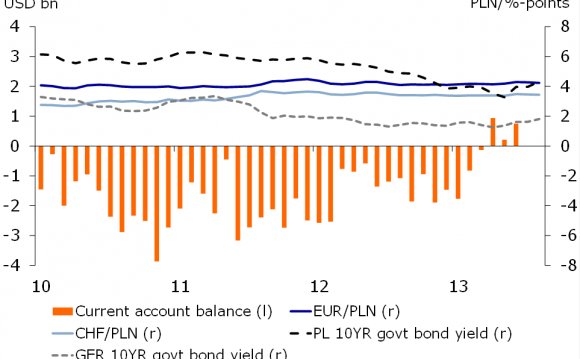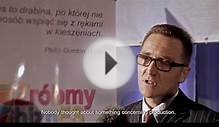
Poland is in the center of Europe. Poles often stress that their country is in Central Europe, not Eastern Europe. The title of Norman Davies' immense study of Poland is The Heart of Europe. Indeed, throughout history Poland has been central to the European experience, from the medieval curriculum at Jagiellonian University in Krakow and the scientific theories of Copernicus to the agonies of the country's dismemberment in 1795 and the tragic role it played in World War II. As the locus of the Solidarity trade union movement in the 1980s, Poland was also central to the fall of Communism.
After the post-Communist transition period, Poland has boasted of its economic success. It weathered the difficult years of transformation in the 1990s to emerge, by the late 2000s, as the only country strong enough to maintain economic growth during the financial crisis that gripped all of Europe. It now aspires to be an economic leader in the region and for Europe as a whole.
As economist Ryszard Bugaj points out, however, Poland's economic growth of 4-5 percent has been decent but not all that remarkable.
"This economic growth was not impressive against the background of economic history, " he told me in an interview in his office in Warsaw in August 2013.
Most economies during transition periods grew faster than we did, including European economies following World War II. It is also extremely important to keep in mind that we had one-time reserves that we used, and we don't have them anymore.
For instance, the one-time program of privatization was not optimal either from the point of view of efficacy or the strengthening of public finance. Another one-time reserve that is often forgotten was the good shape of the world's economy on which we were dependent.
YOU MIGHT ALSO LIKE












